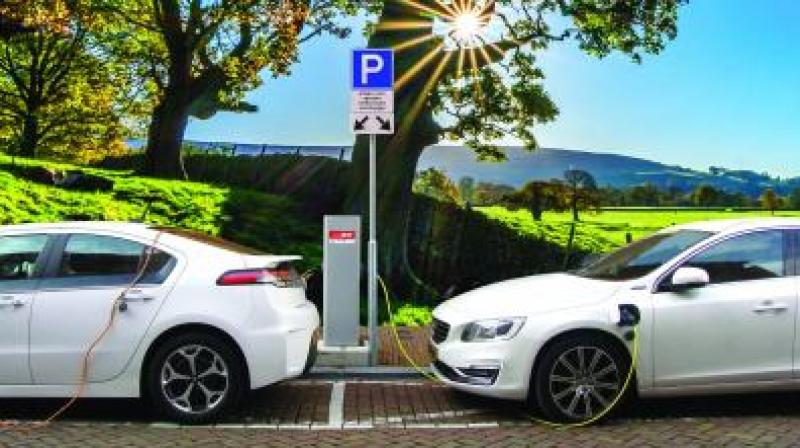AA Edit | Here comes the EV revolution
EVs should be seen not only as an earth-friendly choice, but it is also beneficial to both environment and nation

India has made several interesting and pioneering moves to make a headway in the globally underway electric vehicle revolution, whose benefits are too obvious to bear a repetition.
With ten cars, 16 scooters, eight motorcycles, seven passenger auto-rickshaws, seven cargo three-wheelers, five mini-trucks, a heavy duty truck and a tractor, and three bus models available for customers, and several more lined up ahead for launch, the market is buzzing.
Towards the end of last year, India had over 7,96,000 electric vehicles registered across all segments, while the total number of EVs on Indian roads is a humongous 30 crore plus. With EVs presently constituting less than 0.3 per cent of the total vehicle pool in use on Indian roads, the scope for growth is huge.
EVs should be seen not only as an earth-friendly choice, but it is also beneficial to both environment and nation; besides having the potential to be a crucial sub-engine for economic growth, creating a large number of jobs as well as a right focal point for innovation.
However, the market is currently conditioned by the price of the vehicle, which matters despite the long term ownership cost being very low, and despite rising prices of petrol and diesel. With growing volumes, prices can and will come down.
Easy availability of charging infrastructure is another key issue that will decide the fate of the rate of growth of adoption of electric vehicles in India. There are currently only about 1,800 public charging stations in India, compared to the vast number of fossil fuel refilling stations. This should be seen as a good way to provide an additional income option for people, especially farmers and the poorer sections.
The Central government has presently laid down a condition that there should be at least one charging station in a grid of 3 kms by 3 kms in cities and one station for every 25 km on both sides of highways outside cities. It is a good start but the density of charging points has to be augmented on a war footing.
By 2030, India aims to have EV make up for nearly a third of all passenger vehicles sales, 70 per cent of commercial vehicles and nearly four-fifths of 2-wheelers and 3-wheelers, an audacious but possible goal.
The governmental policy of making public charging stations and EV charging businesses a de-licensed activity is the biggest cause of hope for the revolution to spread.
